Attracting Sparrows to Your Backyard
Sparrows can be sensational! A sparrow is a sparrow is a sparrow. Right? Wrong! There are several species of sparrows which visit may visit your feeders during different seasons in Simcoe County. These include American Tree Sparrows, Chipping Sparrows, Dark-eyed Juncos, Song Sparrows, White-throated Sparrows and White-crowned Sparrows. And the English House Sparrow? He's no sparrow at all. House Sparrows actually belong to the weaver finch family; they are not a native North American bird.
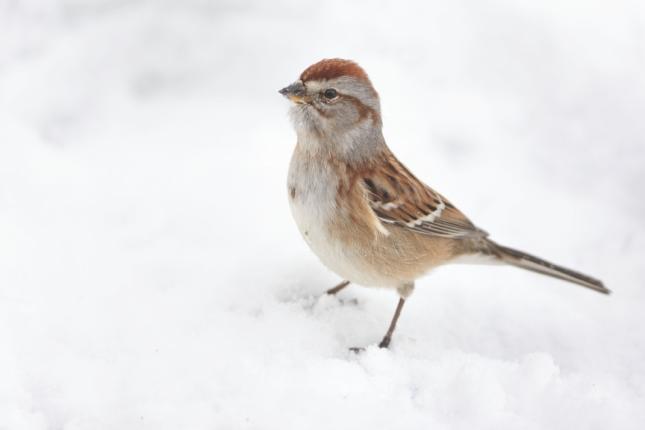 American Tree Sparrows typically live in northern forests and visit feeders only during migration. Many times they will scratch for millet underneath feeders. They have a large crop (or neck pouch) in which they can store up to 1,000 seeds.
American Tree Sparrows typically live in northern forests and visit feeders only during migration. Many times they will scratch for millet underneath feeders. They have a large crop (or neck pouch) in which they can store up to 1,000 seeds.
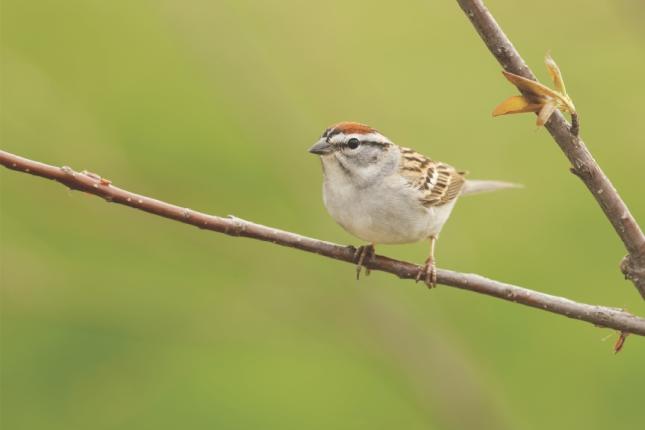 Chipping Sparrows are shy at feeders when other birds are present. When these birds were studied in Arizona researchers discovered they ate seed every few seconds. During the winter-long study, a Chipping Sparrow consumed 2 ¼ pounds of seed - 160 times its body weight!
Chipping Sparrows are shy at feeders when other birds are present. When these birds were studied in Arizona researchers discovered they ate seed every few seconds. During the winter-long study, a Chipping Sparrow consumed 2 ¼ pounds of seed - 160 times its body weight!
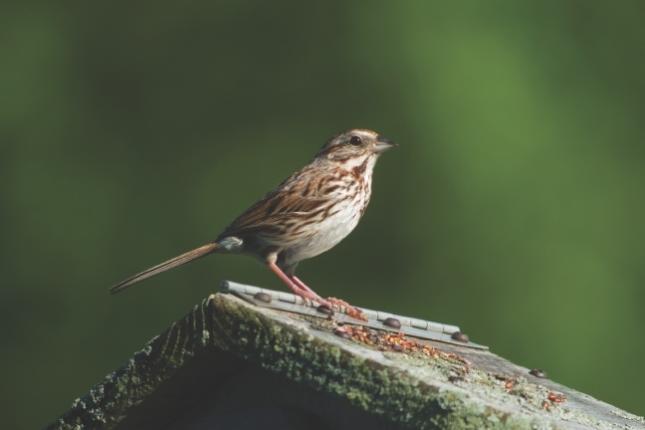 Song Sparrows have a wide range, and when it's cold they are hungry! These birds must eat 85 to 4,000 seeds an hour to maintain energy levels when the temperatures are freezing or below. They visit platform feeders in search of millet and sunflower seed pieces. And they like to have a nearby brush pile (to escape danger if necessary).
Song Sparrows have a wide range, and when it's cold they are hungry! These birds must eat 85 to 4,000 seeds an hour to maintain energy levels when the temperatures are freezing or below. They visit platform feeders in search of millet and sunflower seed pieces. And they like to have a nearby brush pile (to escape danger if necessary).
 White-throated Sparrows are one of the most widespread sparrows at feeders. There are two types - one has white stripes on its crown and the other has tan stripes. These birds follow a well-defined hierarchy, which puts males ahead of females and older sparrows ahead of younger sparrows.
White-throated Sparrows are one of the most widespread sparrows at feeders. There are two types - one has white stripes on its crown and the other has tan stripes. These birds follow a well-defined hierarchy, which puts males ahead of females and older sparrows ahead of younger sparrows.
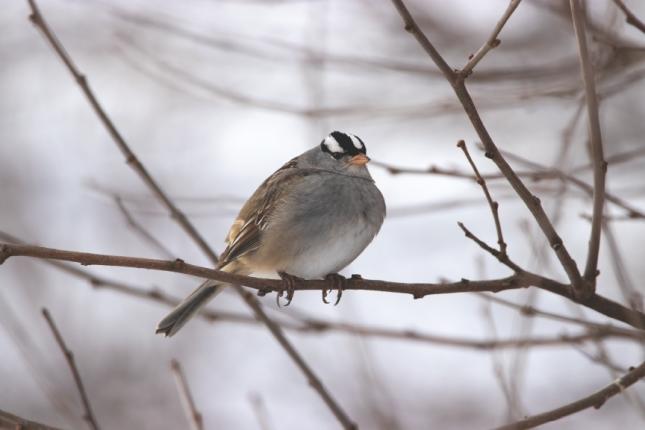 White-crowned Sparrows tend to visit feeders early and late in the day. They enjoy millet and also will eat sunflower chips and cracked corn. They will avoid conflicts when eating by facing the same direction as other birds. Some White-crowned Sparrows migrate; others do not. Those that migrate join larger winter flocks and establish communal territory. They usually return each winter to the same area.
White-crowned Sparrows tend to visit feeders early and late in the day. They enjoy millet and also will eat sunflower chips and cracked corn. They will avoid conflicts when eating by facing the same direction as other birds. Some White-crowned Sparrows migrate; others do not. Those that migrate join larger winter flocks and establish communal territory. They usually return each winter to the same area.
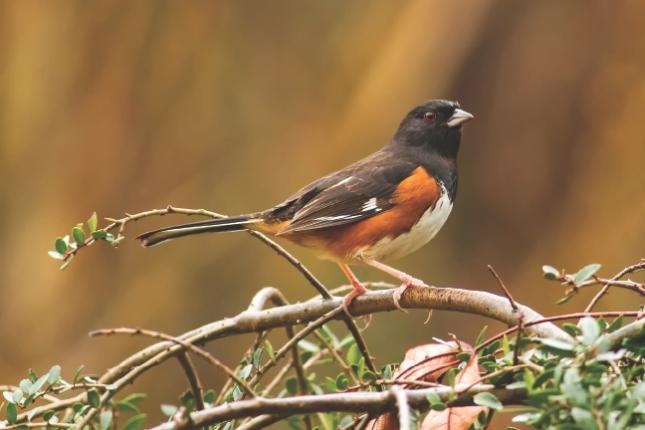 Eastern Towhees are ground feeders and use a hop-and-scratch foraging method. While jumping forward with its head and tail up, it kicks its strong legs backwards to uncover its food. They use this same technique in the leaf litter on the forest floor or underneath feeders where the seeds are clearly visible.
Eastern Towhees are ground feeders and use a hop-and-scratch foraging method. While jumping forward with its head and tail up, it kicks its strong legs backwards to uncover its food. They use this same technique in the leaf litter on the forest floor or underneath feeders where the seeds are clearly visible.
Foods
Sparrows enjoy a variety of seeds including sunflower, safflower, suet and millet. They are frequently observed feeding on the ground beneath feeders or in the garden. To attract sparrows try putting out a ground feeder filled with sunflower and millet.

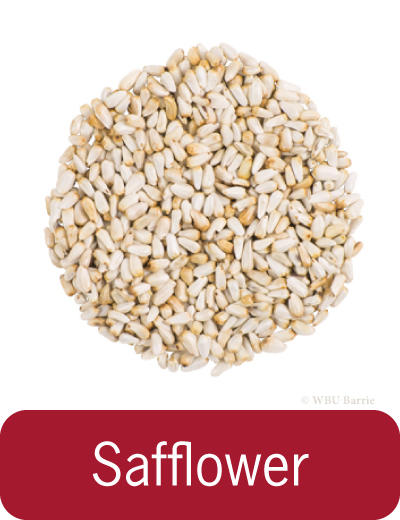
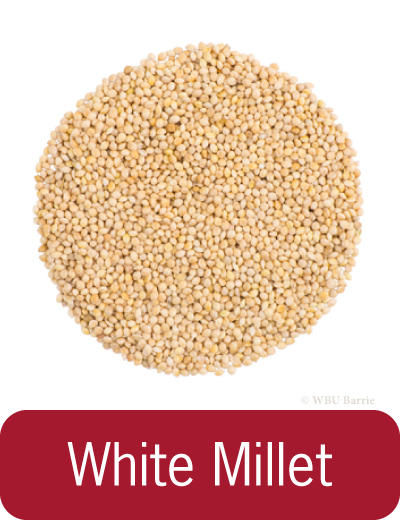
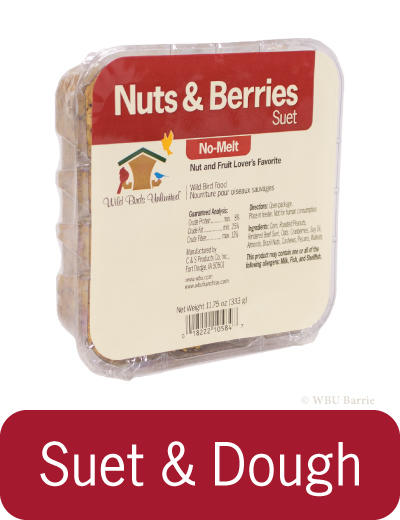
Feeders
Sparrows are ground feeding birds and although many can be drawn to feeders, primarily platform or tray feeders, they do prefer eating on the ground. Try offering either a hanging tray style feeder, or -- better yet -- a tray directly on the ground.

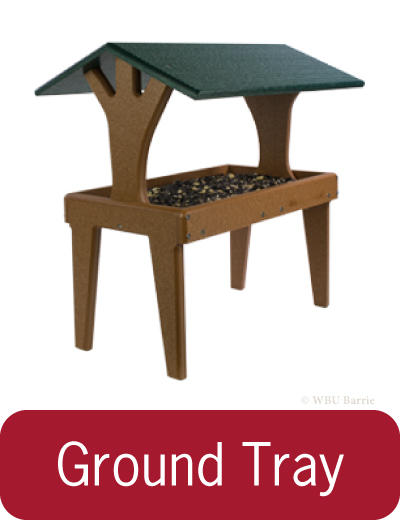
Water
Water is essential to all birds and providing a bird bath means they don’t have to travel great distances to find water. Water in a bird bath should be cleaned regularly as birds defecate, leave bits of food and feathers in the bath, not to mention leaves and other items that can end up in a bath. In the winter, heated birdbaths provide an excellent place for birds to drink. During the warmer months the WBU Water Wigglers and Solar Fountains create moving water in your birdbath, making the bath even more attractive to birds. WBU Barrie carries a variety of plastic, metal and clay birdbaths and accessories, as well as heated birdbaths for the colder months. Visit our page on birdbaths for a selection of styles as well as accessories like brushes, solar fountains, water wigglers and Fountain Fresh Water Clarifier.
Fun Facts
-
Song Sparrows are found in every state of the Union and Canadian province. They are the most common and widespread sparrow native to North America.
-
Adult male Song Sparrows perform about six to twenty different melodies; each one is a slight variation on the basic Song Sparrow song.
-
While in their winter habitat, Chipping Sparrows are non-stop eating machines. Each one must consume over two pounds of seeds through the course of the winter to survive. With an average body weight of only 13 grams, this means that Chipping Sparrows consume over 70 times their own weight in seeds each winter.
-
Studies have proven that increasing day length is what triggers reproductive activities in American Tree Sparrows. However, vision apparently plays no role in this phenomenon. Blind tree sparrows demonstrate the same reactions to increased day length as do birds with sight.
-
Which is your dominant eye? A recent study found that American Tree Sparrows seems to prefer to look for predators out of their left eye, while Dark-eyed Juncos prefer their right.
-
The Eastern Towhee and the Spotted Towhee were both named the Rufus-sided Towhee until 1995 when they were determined to be genetically separate species.
-
Well hidden in thick cover, the nest of a towhee can be hard to find. Female towhees never land directly on it; instead they land away from the nest and walk through the thick brush to reach it.
-
Male White-crowned Sparrows can actually be bilingual, learning and using distinct song dialects from their home territory and a bordering one.
-
White-throated Sparrows are known to migrate at night and begin their flights around sunset. Some research studies suggest they use star patterns as one means of navigation.
Learn More
Visit the pages below to learn even more:
- Lab of Ornithology at Cornell - All About Birds - American Tree Sparrow
- Lab of Ornithology at Cornell - All About Birds - Chipping Sparrow
- Lab of Ornithology at Cornell - All About Birds - Song Sparrow
- Lab of Ornithology at Cornell - All About Birds - White-throated Sparrow
- Lab of Ornithology at Cornell - All About Birds - White-crowned Sparrow
- Lab of Ornithology at Cornell - All About Birds - Eastern Towhee

